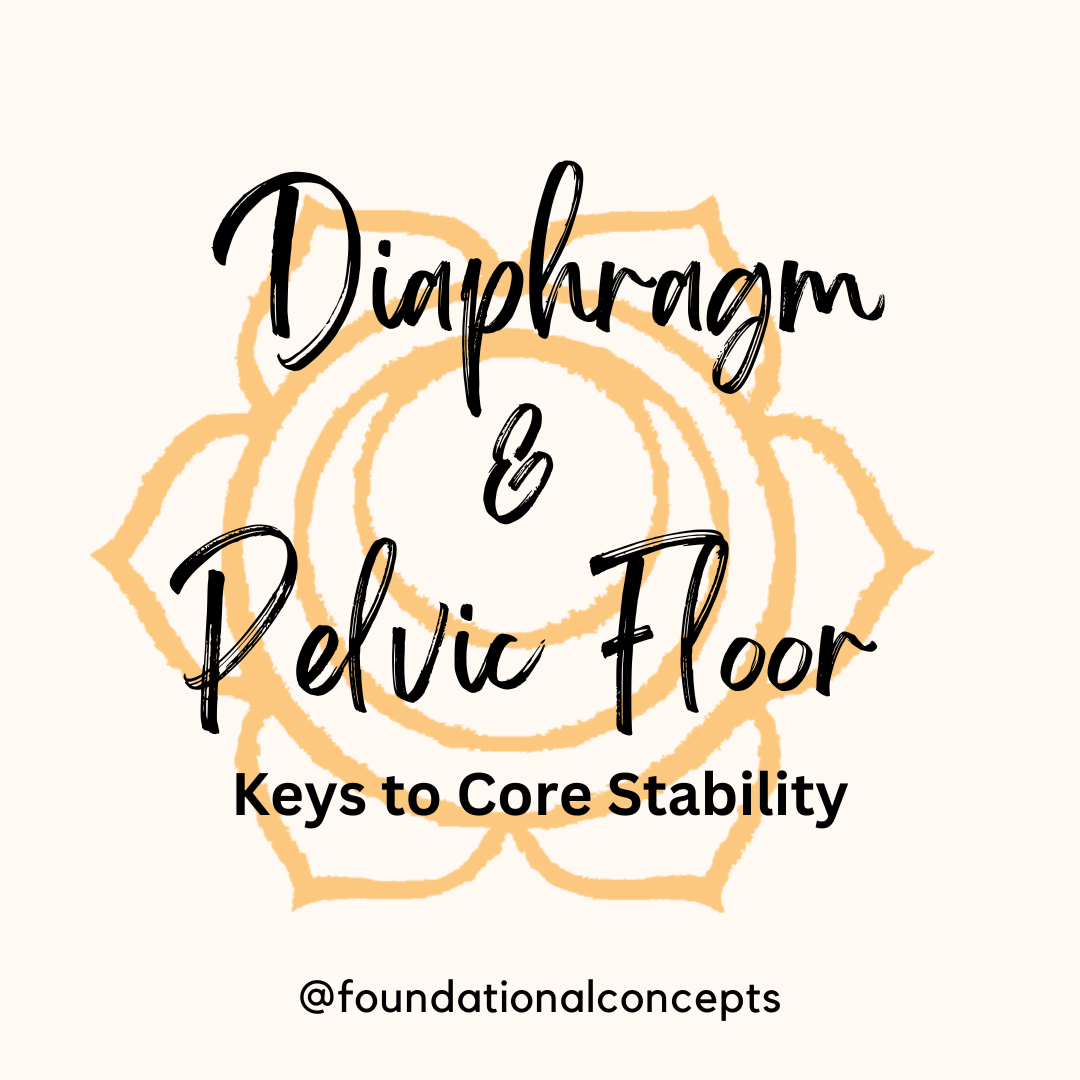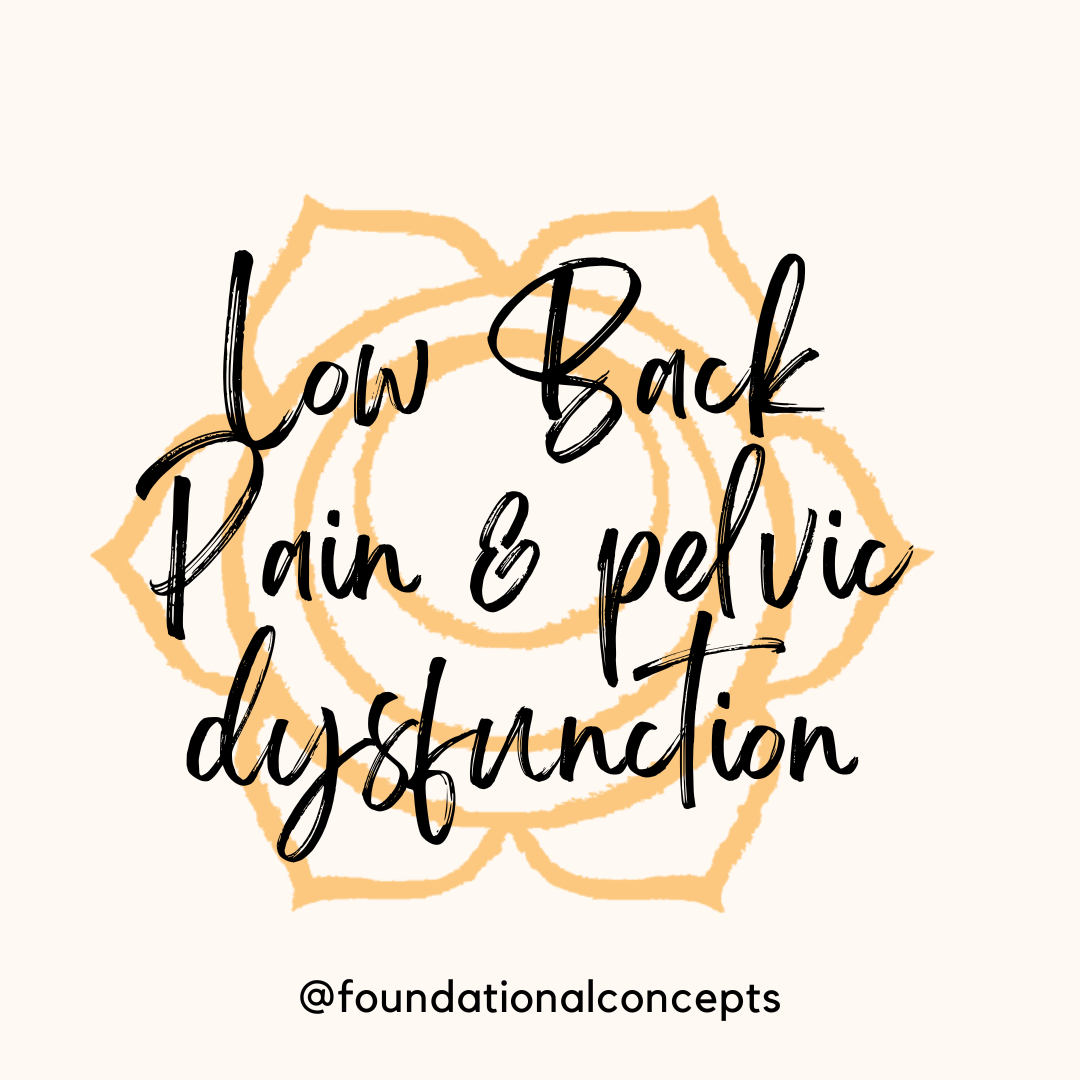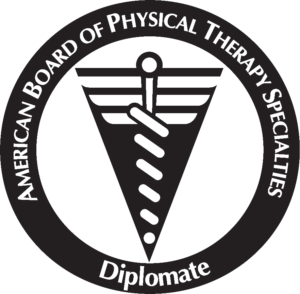Increased intra-abdominal pressure is a large contributor to pelvic organ prolapse and to worsening symptoms. …

The Diaphragm & Pelvic Floor Muscles: the key to core stability
The pelvic floor and the diaphragm work together like a piston. When we breathe in, the diaphragm moves down and out, and the abdominal wall and the pelvic floor eccentrically lengthens. When we breathe out, the opposite occurs. When these groups of muscles work in coordination, we have improved core stability. This provides stability for the pelvic floor, hips, and low back along with support for the pelvic organs. This coordination helps to stabilize intra-abdominal pressure and decrease the occurrence of urinary and fecal leaking and pelvic organ prolapse symptoms.
I like to use the example of a soda pop can. If the can is sitting on the shelf, the pressure inside the can is equal in all directions. This is like when we are breathing, and the pelvic floor and abdominal wall is moving with the breath. This helps to keep the intra-abdominal pressure equal and the system in good rhythm.
Now imagine that you shake up the can or put it in the freezer. The pressure inside the can increases and puts more pressure on the abdominal wall and surrounding muscles. This can cause increased muscle tension and pain over time. Or when the pelvic floor, abdominal wall, or diaphragm muscle is overactive, this can decrease the ability of the muscles to respond to increased pressure. In turn this leads to pelvic, hip, or back pain, decreased ability to take deep breaths, or pain with intercourse.
This time imagine that you popped the tab of the pop can. The sides are soft and the pressure inside the can has decreased. This can occur when there is a weakness in the system: diastasis rectus abdominus, a perineal tear or episiotomy, abdominal surgery, or hernia. In this case, the muscles can’t respond to a change in the intra-abdominal pressure due to muscle weakness, scar tissue, or poor coordination.
So, how do you improve your intra-abdominal pressure and improve the coordination of the diaphragm, pelvic floor, and abdominal wall? This is where pelvic floor physical therapy becomes an excellent part of your healthcare team. We specialize in making sure that the piston action works together and how to move the rest of your body off of that piston. If you are struggling with pain, leaking, or improving core strength, pelvic floor PT is an excellent resource on your road to recovery.



